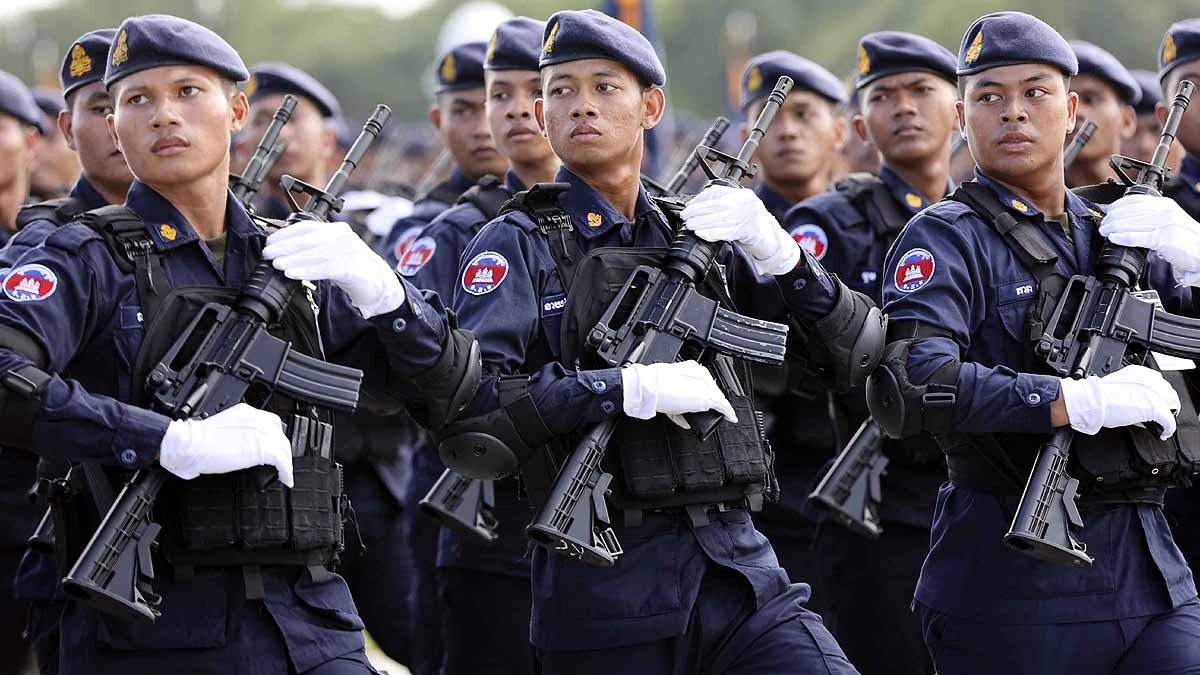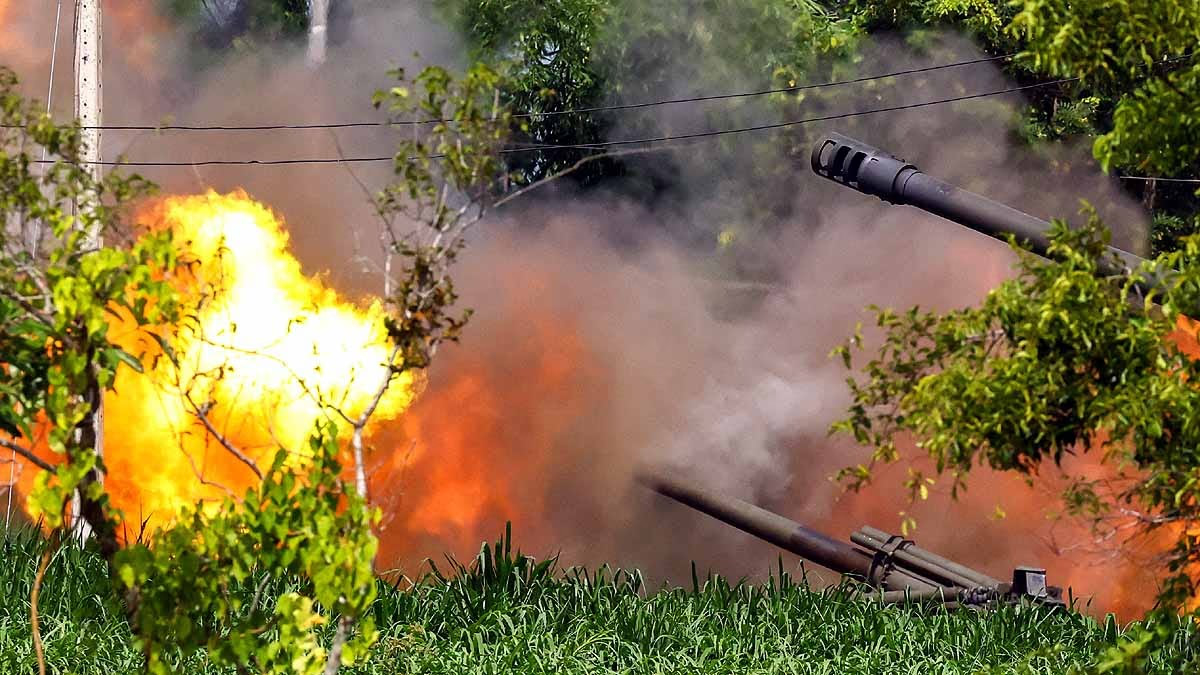On July 24, 2025, Thailand escalated tensions by launching airstrikes using F-16 fighter jets on Cambodian military bases. The attack occurred near disputed temples at the border, amid Cambodia's drone usage claims.
In retaliation, Cambodia unleashed rocket and artillery fire, causing 40,000 displacements and resulting in fatalities: nine dead and 14 injured. How do Thailand and Cambodia's military capabilities compare, and why did Thailand launch this attack? Let's examine their military strength based on the latest Global Firepower 2025 rankings.
What Happened: Thailand-Cambodia Tensions
The longstanding border dispute between Thailand and Cambodia, particularly over the UNESCO World Heritage site, Preah Vihear Temple, flared up. According to X posts, Thailand accused Cambodia of deploying drones against them, prompting Thailand’s counterattack using six F-16 jets on Cambodian headquarters.
In self-defense, Cambodia responded with MLRS (Multiple Launch Rocket Systems) targeting Thailand. The incident exacerbated regional tensions, underscoring the military discourse between the two nations.
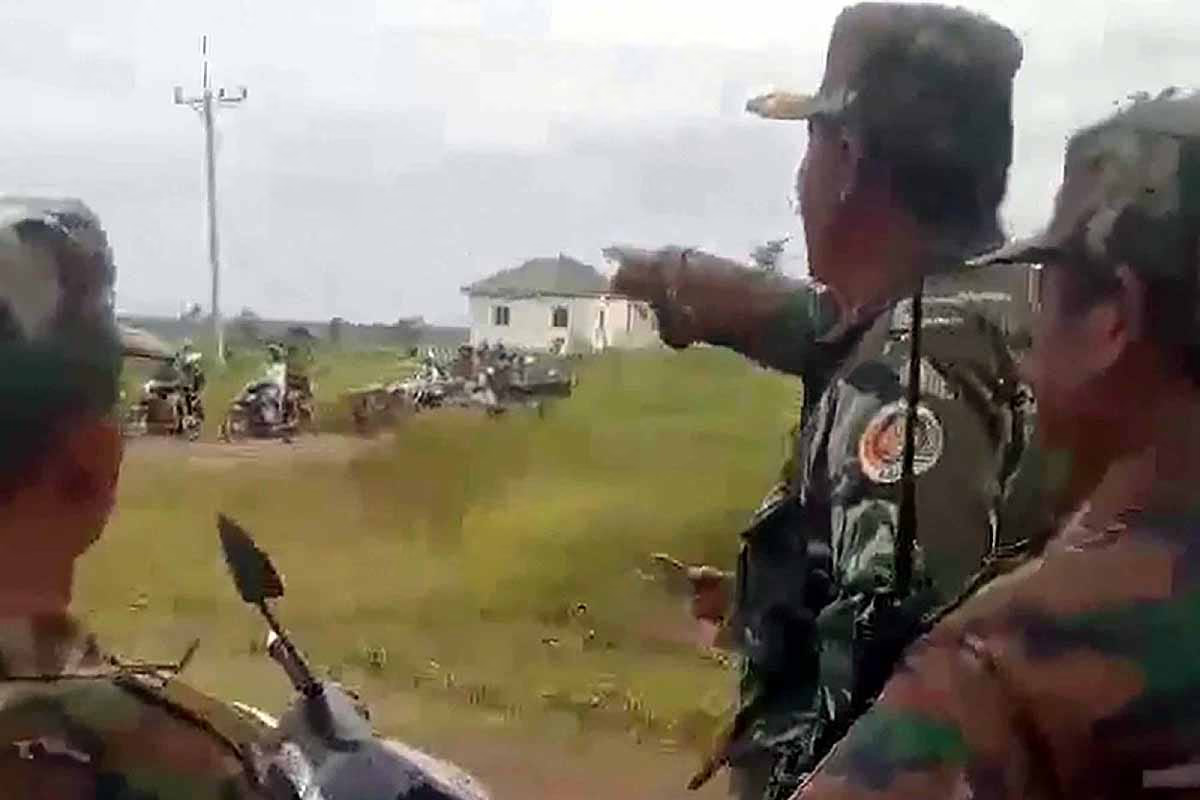
Source: aajtak
Comparing Military Strength: Thailand vs. Cambodia
According to Global Firepower 2025 rankings, a significant gap exists between Thailand and Cambodia's military power. Thailand ranks 24th globally, while Cambodia stands at 83rd.
1. Manpower
Thailand
Active Personnel:
About 360,000
Reserve Personnel:
Approximately 200,000
Total Population:
Approximately 72 million, with 50 million eligible for military service.
Analysis:
Thailand's military is expansive and well-trained, exhibiting strong coordination among its Royal Thai Army, Navy, and Air Force.
Cambodia
Active Personnel:
Roughly 170,000
Reserve Personnel:
Approximately 100,000
Total Population:
About 17 million, with 12 million available for military service.
Analysis:
Cambodia's military is smaller, facing a lack of modern training.
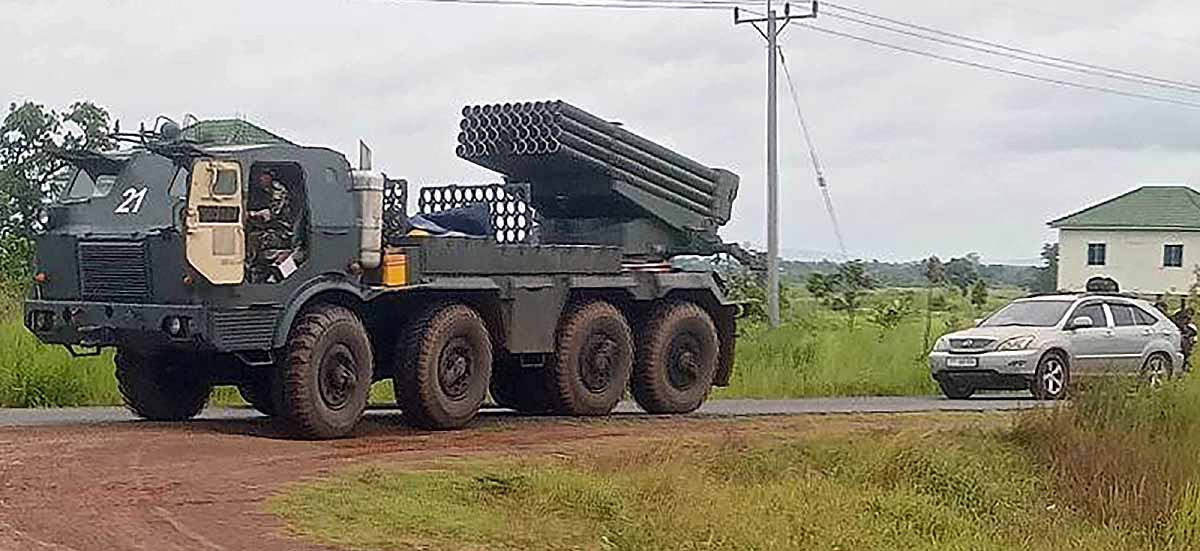
Source: aajtak
2. Defense Budget
Thailand:
$5.5 billion. A budget significantly larger than Cambodia's, enabling the acquisition of advanced weapons and technology.
Cambodia:
$720 million. A limited budget that largely confines it to older or cheaper weaponry.
3. Air Force
Thailand
Fighter Jets:
40-50 F-16 and SAAB Gripen jets.
Helicopters:
Over 100, including attack helicopters like the AH-1 Cobra.
Drones:
Advanced drones like the RQ-21 Blackjack.
Analysis:
Thailand's Air Force is formidable, with recent strikes showcasing their capability.
Cambodia
Fighter Jets:
No modern fighter jets.
Helicopters:
Older models like Mi-8 and Z-9 helicopters (acquired from China).
Drones:
Affordable drones possibly used for surveillance.
Analysis:
Cambodia's Air Force is weak, lacking the ability to respond effectively to air threats.

Source: aajtak
4. Army
Thailand
Tanks:
Over 200 tanks, including M60 and VT-4 models (acquired from China).
Artillery:
1,000+ systems like the M777 Howitzer.
Rocket Systems:
Modern MLRS systems like HIMARS.
Analysis:
Thailand's army is well-equipped, capable of engaging effectively in regional conflicts.
Cambodia
Tanks:
200+ old T-55 and Type 59 tanks (of Soviet and Chinese origin).
Artillery:
400+ mainly older artillery models.
Rocket Systems:
Limited MLRS, such as the BM-21 Grad.
Analysis:
Cambodia’s reliance on outdated technologies hampers their ability to compete with Thailand.
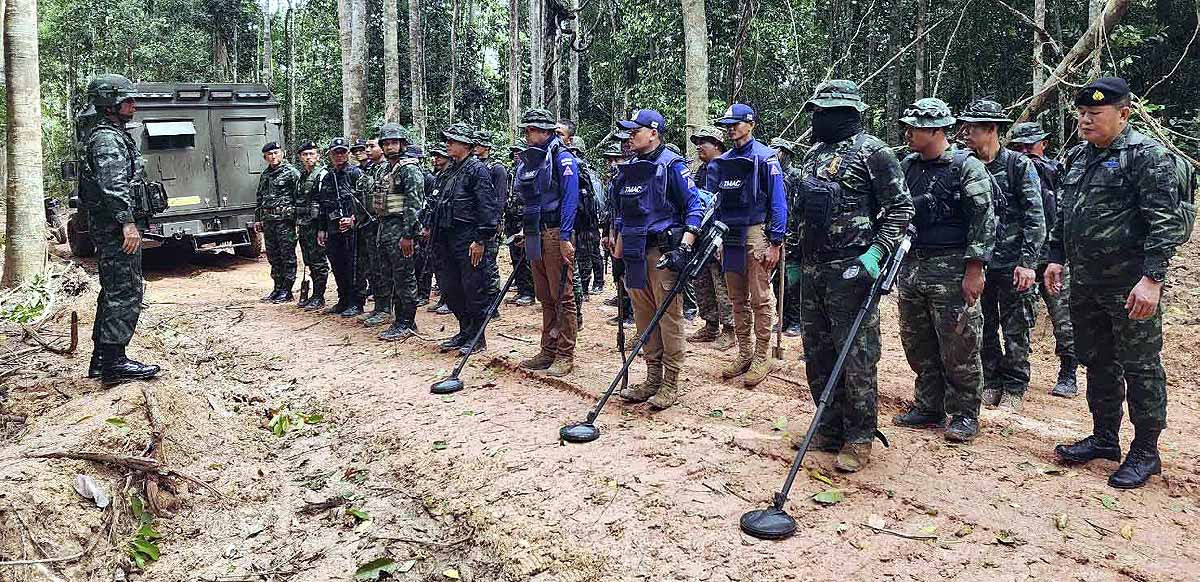
Source: aajtak
5. Navy
Thailand
Warships:
1 aircraft carrier (HTMS Chakri Naruebet), 7 frigates, and more than 20 corvettes.
Submarines:
One S26T submarine (purchased from China).
Analysis:
Thailand's navy is moderately strong within Southeast Asia.
Cambodia
Warships:
More than 10 patrol boats, no major warships.
Submarines:
None.
Analysis:
Cambodia’s navy is considerably weaker, lacking substantial maritime power.
Why the Attack?
Border Dispute
The 4.6 square kilometer area surrounding the Preah Vihear Temple continues to ignite disputes. In 1962, the International Court of Justice awarded the temple to Cambodia, leaving adjacent areas contested. Skirmishes occurred in 2008 and 2011.
Drone Allegations:
Thailand accused Cambodia of deploying drones over Thai territory, perceiving this as provocation. Cambodia defended its actions as self-defense.
Military Imbalance:
Thailand's powerful Air Force, with F-16 and SAAB Gripen jets, provided confidence for the assault. Cambodia lacks equivalent air strength.
Regional Influence:
Thailand aims to assert its power in Southeast Asia. By targeting Cambodia, a close ally of China, Thailand sought to shift regional dynamics.
Technological Role
F-16 Jets:
Thailand’s F-16 jets boast radar, precision-guided missiles, and night vision technology, allowing rapid strikes at 500 km/hr. They feature AESAR radar and laser-guided bombs for precise targeting.
Cambodia’s MLRS:
Cambodia's use of BM-21 Grad rocket systems, with a 20-40 km range, reflects their older, less precise capabilities. MLRS contains multiple rocket tubes for simultaneous launches.
Drone Utilization:
Cambodia’s drones may include cost-effective Chinese surveillance models (such as DJI), equipped with cameras and GPS for intelligence gathering. AI and sensors enable real-time data.
Implications for India
Regional Stability:
As ASEAN members, the Thailand-Cambodia tension could destabilize Southeast Asia, impacting India’s Act East Policy. Culturally tied to Cambodia (Angkor Wat) and economically linked to Thailand, India monitors these developments closely.
China’s Influence:
Cambodia's close ties with China, including arms purchases, raise questions about regional dynamics and China’s strategy. India should reinforce ties with ASEAN within its Indo-Pacific strategy.
Military Lessons:
With a highly ranked (4th globally) military, India outstrips both nations significantly. Nonetheless, Thailand’s effective drone and airstrikes serve as key lessons, urging India to invest further in drone and AI warfare technologies.
